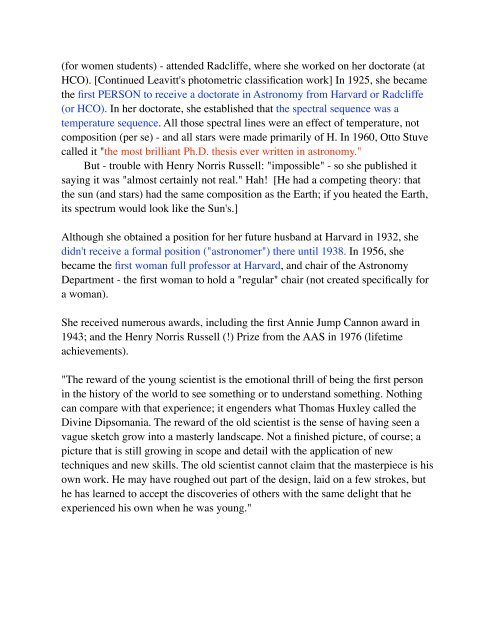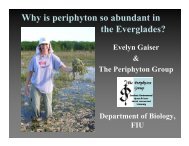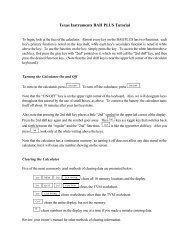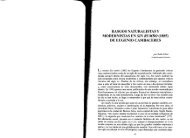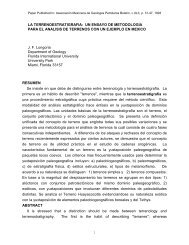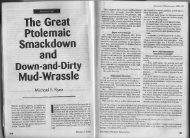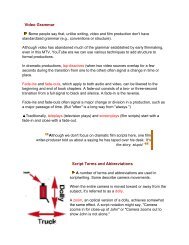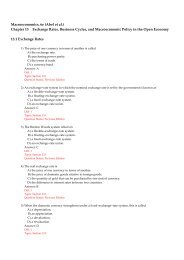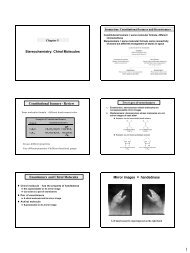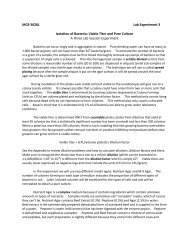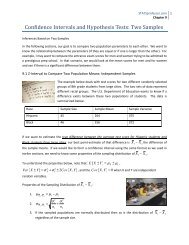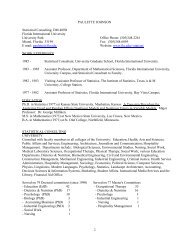Women in Astronomy En Hedu'Anna 2354 BC (Akkad/Sumer ...
Women in Astronomy En Hedu'Anna 2354 BC (Akkad/Sumer ...
Women in Astronomy En Hedu'Anna 2354 BC (Akkad/Sumer ...
You also want an ePaper? Increase the reach of your titles
YUMPU automatically turns print PDFs into web optimized ePapers that Google loves.
(for women students) - attended Radcliffe, where she worked on her doctorate (at<br />
HCO). [Cont<strong>in</strong>ued Leavitt's photometric classification work] In 1925, she became<br />
the first PERSON to receive a doctorate <strong>in</strong> <strong>Astronomy</strong> from Harvard or Radcliffe<br />
(or HCO). In her doctorate, she established that the spectral sequence was a<br />
temperature sequence. All those spectral l<strong>in</strong>es were an effect of temperature, not<br />
composition (per se) - and all stars were made primarily of H. In 1960, Otto Stuve<br />
called it "the most brilliant Ph.D. thesis ever written <strong>in</strong> astronomy."<br />
But - trouble with Henry Norris Russell: "impossible" - so she published it<br />
say<strong>in</strong>g it was "almost certa<strong>in</strong>ly not real." Hah! [He had a compet<strong>in</strong>g theory: that<br />
the sun (and stars) had the same composition as the Earth; if you heated the Earth,<br />
its spectrum would look like the Sun's.]<br />
Although she obta<strong>in</strong>ed a position for her future husband at Harvard <strong>in</strong> 1932, she<br />
didn't receive a formal position ("astronomer") there until 1938. In 1956, she<br />
became the first woman full professor at Harvard, and chair of the <strong>Astronomy</strong><br />
Department - the first woman to hold a "regular" chair (not created specifically for<br />
a woman).<br />
She received numerous awards, <strong>in</strong>clud<strong>in</strong>g the first Annie Jump Cannon award <strong>in</strong><br />
1943; and the Henry Norris Russell (!) Prize from the AAS <strong>in</strong> 1976 (lifetime<br />
achievements).<br />
"The reward of the young scientist is the emotional thrill of be<strong>in</strong>g the first person<br />
<strong>in</strong> the history of the world to see someth<strong>in</strong>g or to understand someth<strong>in</strong>g. Noth<strong>in</strong>g<br />
can compare with that experience; it engenders what Thomas Huxley called the<br />
Div<strong>in</strong>e Dipsomania. The reward of the old scientist is the sense of hav<strong>in</strong>g seen a<br />
vague sketch grow <strong>in</strong>to a masterly landscape. Not a f<strong>in</strong>ished picture, of course; a<br />
picture that is still grow<strong>in</strong>g <strong>in</strong> scope and detail with the application of new<br />
techniques and new skills. The old scientist cannot claim that the masterpiece is his<br />
own work. He may have roughed out part of the design, laid on a few strokes, but<br />
he has learned to accept the discoveries of others with the same delight that he<br />
experienced his own when he was young."


